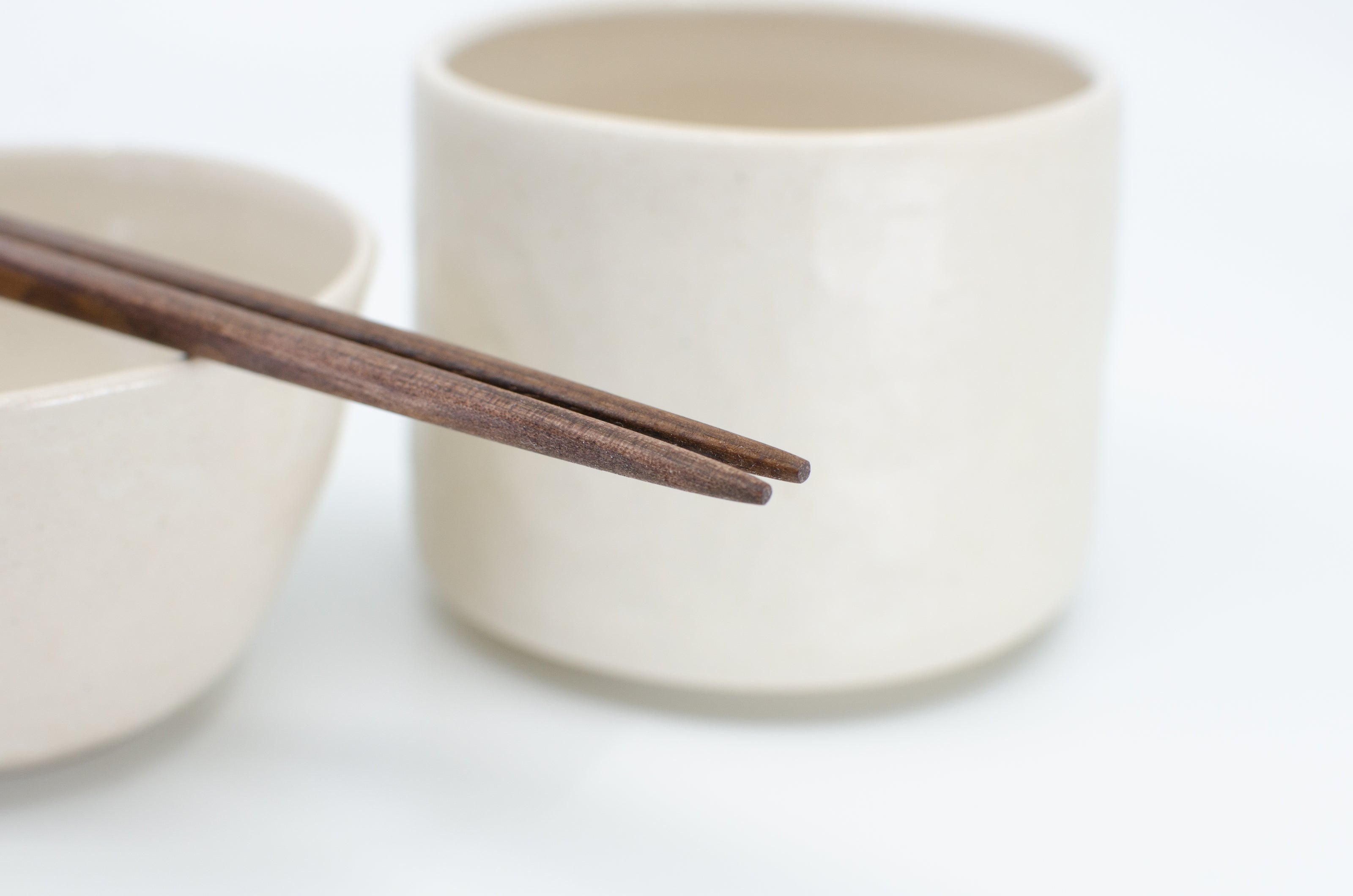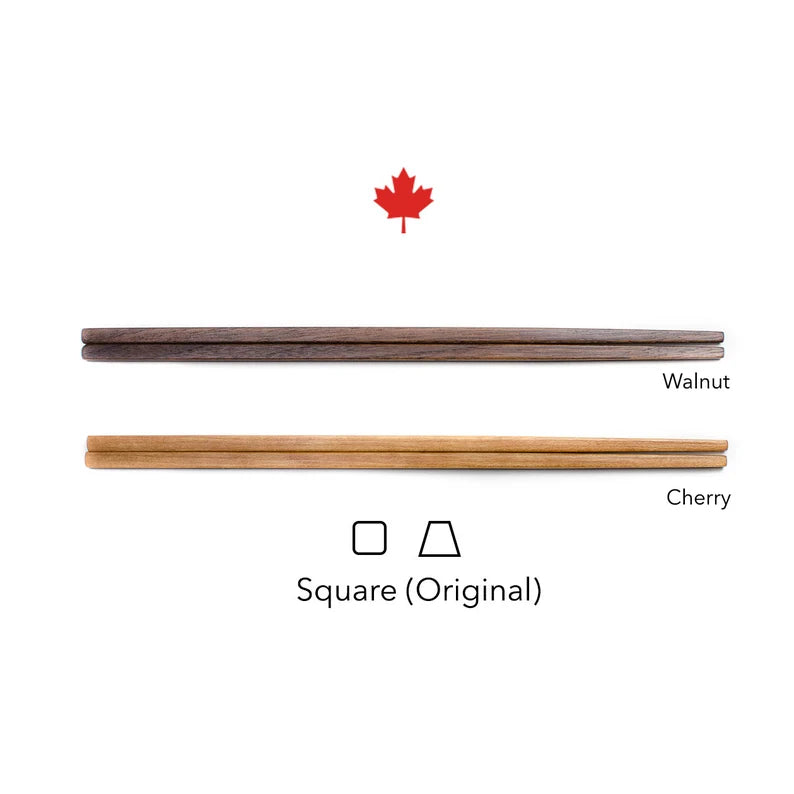Tung Oil vs. Walnut Oil: The Best Food-Safe Finish for Wooden Chopsticks
Why Chopsticks Need the Right Finish
When it comes to wooden chopsticks, the finish is more than cosmetic. It protects the wood from moisture, enhances the natural grain, and ensures the utensils remain food-safe for daily use. Among natural options, the two most common are 100% pure tung oil and heat-treated walnut oil.
Choosing the right one affects not only how your chopsticks look and feel, but also how long they last.
1. Food Safety and Allergies
-
Pure Tung Oil
Extracted from the seeds of the tung tree, tung oil polymerizes into a hard, non-toxic film once cured. It’s widely used in traditional Asian woodenware and is considered one of the safest oils for utensils. -
Heat-Treated Walnut Oil
Walnut oil is a drying oil, but raw versions can pose risks for those with nut allergies. The heat-treated version removes allergenic proteins and cures faster. Still, for highly sensitive users, tung oil remains the more worry-free choice.
2. Durability and Protection
-
Pure Tung Oil
Known for forming a hard, water-resistant barrier, tung oil soaks deep into the wood fibers and offers long-lasting protection. Chopsticks finished with tung oil typically need only seasonal re-application. -
Heat-Treated Walnut Oil
Offers moderate protection but stays softer and more prone to wear. Chopsticks treated with walnut oil often need frequent re-oiling, especially after repeated washing.
3. Look and Feel in Hand
-
Pure Tung Oil
Creates a smooth, satin-matte finish with a subtle golden tint that highlights the wood’s natural grain. Chopsticks feel polished yet organic, making dining more refined. -
Heat-Treated Walnut Oil
Brings out a warmer, richer tone with a slightly oily texture. It gives chopsticks a hand-rubbed artisan look, though it may darken further over time.
4. Maintenance Over Time
-
Tung Oil: Low maintenance, requiring touch-ups only a few times per year.
-
Walnut Oil: Needs regular upkeep to prevent drying and water damage.
For busy households or restaurant use, tung oil offers better practicality.
5. Tradition and Sustainability
Both finishes are eco-friendly:
-
Tung oil has a long history in Asian woodworking traditions.
-
Walnut oil is a by-product of the food industry, making it sustainable, though energy is used in the heat treatment process.
Final Verdict: Tung Oil or Walnut Oil?
-
Choose 100% Pure Tung Oil if you want:
✔ Long-lasting durability
✔ Low maintenance
✔ Time-honored Asian tradition -
Choose Heat-Treated Walnut Oil if you want:
✔ Warm, hand-rubbed appearance
✔ Don’t mind re-oiling more often
At Simpo Goods, we offer chopsticks with 100% pure tung oil because it combines safety, durability, and beauty—giving you chopsticks that are as practical as they are elegant.



